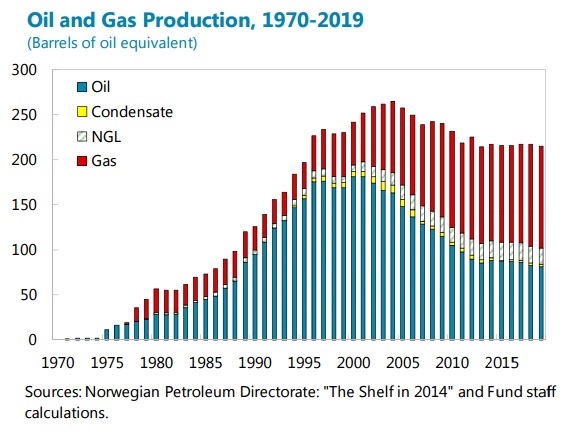From the Global Housing Watch Newsletter: September 2015
What are the latest developments and emerging trends in the US housing and mortgage markets? This was the overall question that was the subject of a recent conference organized by Goldman Sachs in New York City on September 11. Here is a brief summary on the conference takeaways (extracts are taken from a note prepared by Hui Shan and Marty Young, both from Goldman Sachs).
On the housing market: “Housing starts far from normal, but hard constraints prevent a faster pace of normalization. The prolonged downturn disrupted the supply chain. For example, trade schools for construction workers disappeared, local governments cut back on their capacity in granting building permits, and builders did not begin buying lots three years ago, as they were not sure that housing had bottomed or could not secure financing. These forces add up to a slow pace of recovery.” Moreover, “There has been a seismic shift in household composition, with more singles and more families without kids. Both demographic and business cycle forces point to expanded growth in multi-family rental into the future.”
On the mortgage market: “There is still some distance to go for FHA [Federal Housing Administration] to provide certainty to mortgage lenders. Until this is achieved, lenders will continue to impose overlays when making FHA mortgages. This puts the lower-end of the housing market at a disadvantage because of its heavy reliance on FHA mortgages.” Also, it was noted that “Despite the advent of new technologies, including automated underwriting systems and automated appraisal tools, the time required to close a mortgage remains around 45 days, close to the time required during the 1990s.”
On how technology can change the housing and mortgage markets? “Compared to many other industries, housing and mortgage markets have lagged in their adoption of technology. More recently, real estate brokers have been using online search data to predict house price and home sales movements.” However, more could be done. For example, “Embracing e-Mortgage technology could potentially shorten closing timelines and reduce costs.”
On policy: “Housing policy needs to adapt to the new economy. Traditional ways of underwriting mortgages need to be changed to adapt to the evolving economy. For example, new FICO score formulas that reduce the weight of medical debt need to be incorporated. Income of borrowers such as Uber drivers needs to be underwritten properly. An inability to adjust to the changing economy can result in an inadvertent tightening of mortgage lending.”
On how technology can change the housing and mortgage markets? “Compared to many other industries, housing and mortgage markets have lagged in their adoption of technology. More recently, real estate brokers have been using online search data to predict house price and home sales movements.” However, more could be done. For example, “Embracing e-Mortgage technology could potentially shorten closing timelines and reduce costs.”
On policy: “Housing policy needs to adapt to the new economy. Traditional ways of underwriting mortgages need to be changed to adapt to the evolving economy. For example, new FICO score formulas that reduce the weight of medical debt need to be incorporated. Income of borrowers such as Uber drivers needs to be underwritten properly. An inability to adjust to the changing economy can result in an inadvertent tightening of mortgage lending.”











